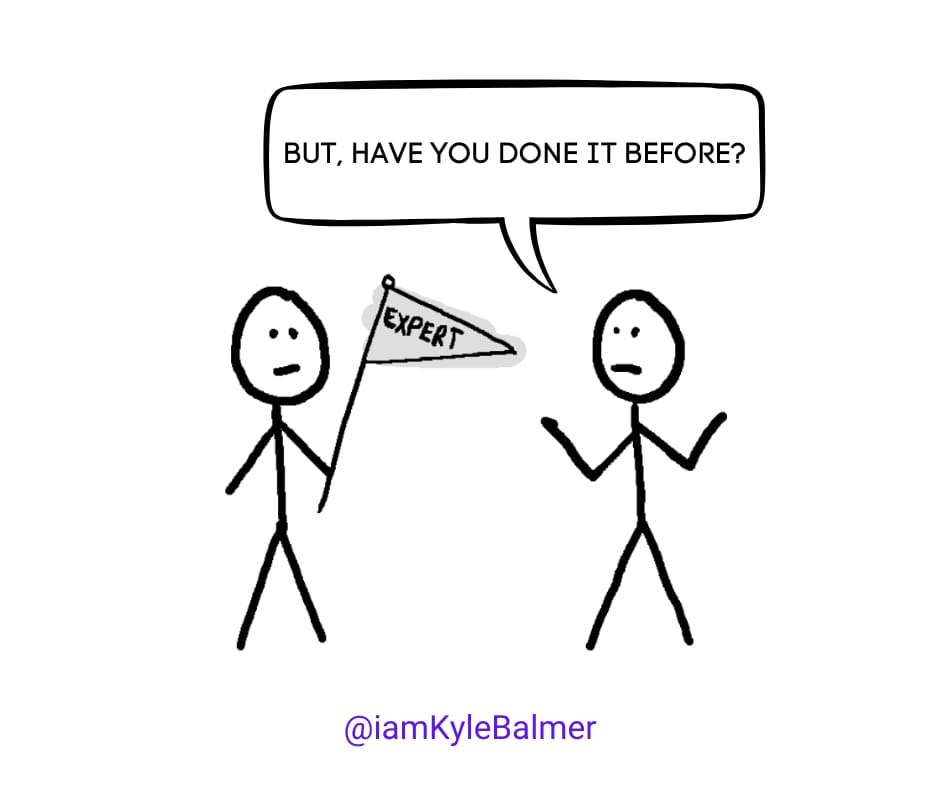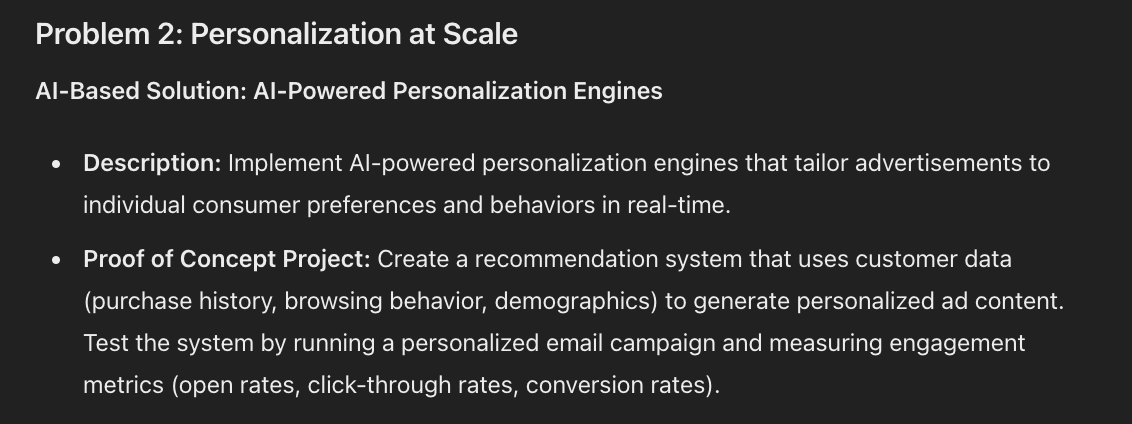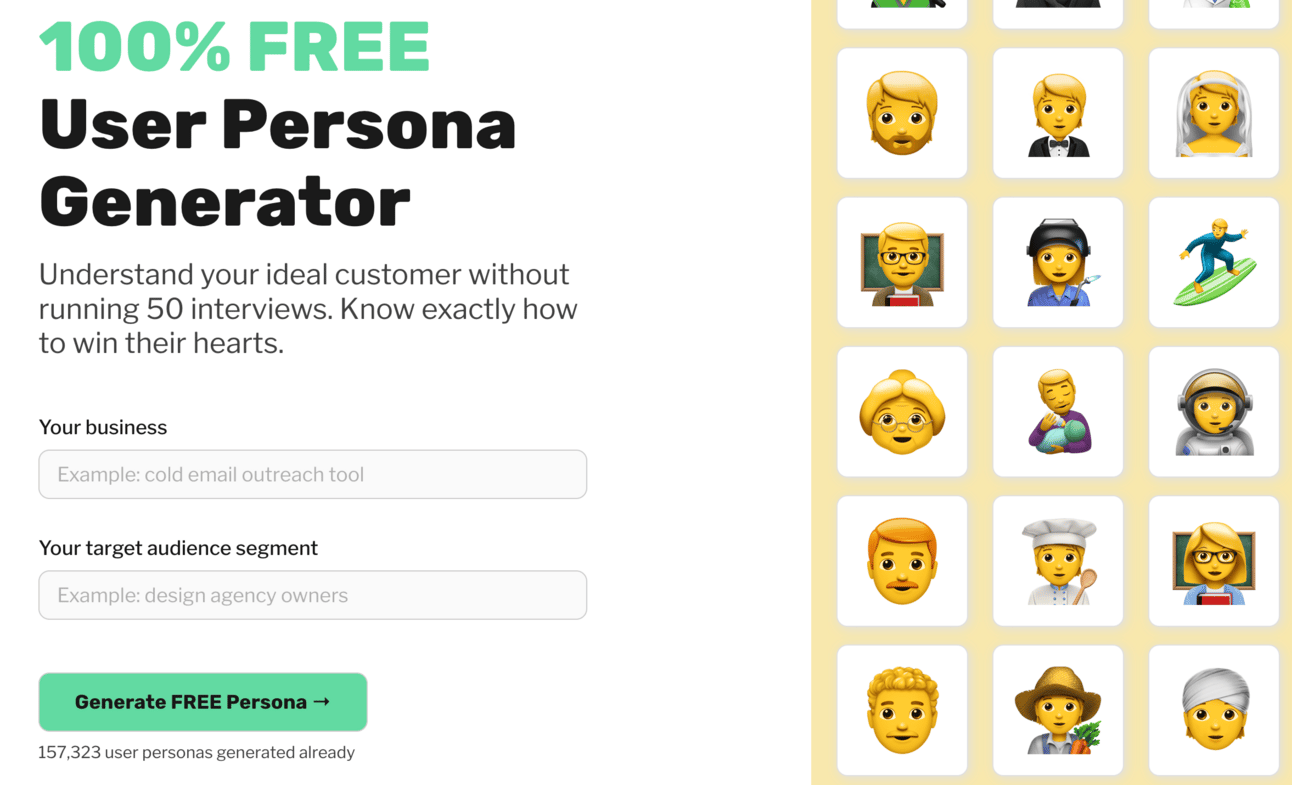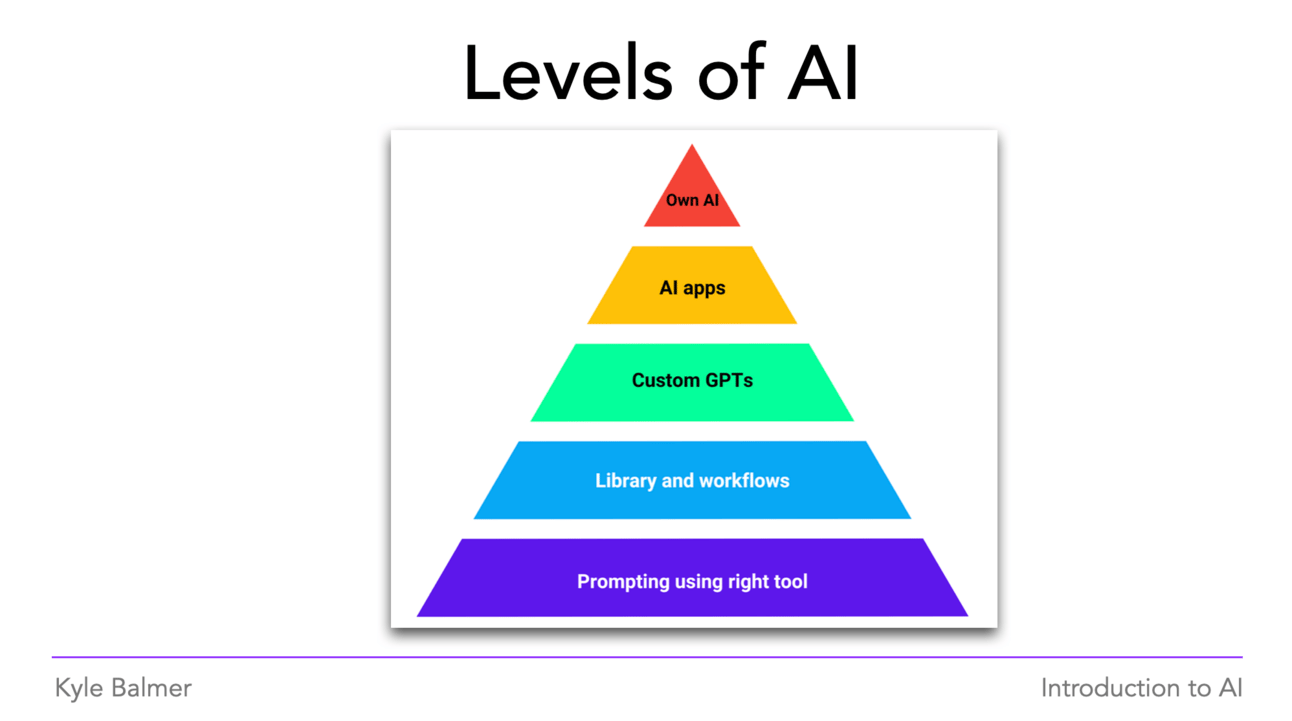Part 3 - Build Something Useful
My pet peeve with consultants is that they’ve rarely done what they are advising you to do.
It’s easy to give advice when you have no experience and no skin in the game.
I don’t want to flood AI consultancy with more BS artists. So first we build.

Let’s get started:
Build something useful
- Walk the talk first
- Industry problem → proof of concept project
- Step by step build
- Deploy ASAP
Unlike many consultants we’re not going to help clients with tasks unless we’ve done them ourselves.
For that reason in the last Part we chose a handful of project to work on ourselves before we rush out to help others. We don’t want to be the blind leading the blind.
These projects should ultimately be in areas that are extremely valuable for clients. Knowing what is valuable will rely on your industry knowledge and experience. You need to intimately know the problems that these companies will have.
For instance if you want to target B2C companies then customer service is often a large problem for them. Based on this you might look into consulting on and building customer service chatbots for clients.
Let’s use a prompt to help point us in the right direction for projects:
You are a AI consultant for companies in the [industry] sector.
Identify 5 common and expensive problems in the sector
For each suggest an AI based solution
And for each solution suggest a proof of concept projectI plugged in “consumer goods advertising” as my sector and got a range of problems, solutions and proof of concept projects.
Here’s one I like:

Build the proof of concept project as a portfolio piece for your industry.
The basic idea here is to build a generic version of a tool and then for clients you’ll advise, consult and/or build something specific to them.
An example:

This is Dan Kulkov’s User Persona Generator. You can find it here https://founderpal.ai/user-persona-generator
It solves a similar problem the one we just identified with our prompt - creating avatars and then advertising recommendations off the back of the avatar.
Dan’s tool is public, polished and professional. He’s great at what he does.
You can build something like this eventually - it’s actually easier than it looks by using no-code tools hooked to ChatGPT - but it’s not required right out of the gate.
Step by step
Instead we can build up step by step. In my workshops I teach something called the Levels of AI:

Basically we start at the bottom and move up, increasing in sophistication.
1. A basic one-shot AI prompt that fulfils the task
2. A set of prompts to complete the task step by step
3. A custom GPT
4. An app (like Dan’s above)
Here for example is a first shot at the first step:
You are an AI-powered advertising personalisation engine. Your task is to generate tailored advertisement recommendations based on individual consumer data provided. Use the consumer's preferences, behaviours, and demographic information to suggest the most relevant and effective advertisements.
Given input:
[User will input consumer details here, which may include age, gender, location, interests, browsing history, purchase history, etc.]
Your task:
1. Analyse the provided consumer data.
2. Identify key preferences, interests, and behavioural patterns.
3. Determine the most suitable product categories or services for this consumer.
4. Generate 3-5 specific advertisement recommendations, including:
- Product or service name
- Brief description (2-3 sentences)
- Key selling points tailored to the consumer's profile
- Suggested ad format (e.g., video, image, text)
- Ideal platform for ad placement (e.g., social media, search engine, email)
5. Provide a brief explanation for each recommendation, highlighting how it aligns with the consumer's profile.
Remember to prioritise relevance, personalisation, and potential effectiveness in your recommendations. Ensure that your suggestions comply with ethical advertising standards and respect user privacy.I’d run this prompt with consumer details to generate outputs and use the outputs to refine the initial prompt. I’ll keep doing this until the prompt can consistently produce solid results.
This gives me the foundation of all the other steps. It can be adapted into multiple prompts (a workflow), a custom GPT and even a full app. But it all starts with this foundational prompt.
Importantly, you do NOT have to be a coder. Nail the prompts first and foremost. Coding (or using a no-code) tool lets you wrap everything up nicely but it not required for the core prompt engineering.
Prompt engineering is a communication not a coding skill.
Deploying your work
Ideally you should be using your prompts and tools in your own business and collecting results about how valuable they can be. This is the best proof.
However, sometimes this isn’t immediately possible.
If not then I’d recommend:
- Building in public. Document your work on social media, showing people what you are working on. What works. What doesn’t work. Asking for assistance. Asking what people would find useful. This let’s your refine your work whilst also building interest from potential clients.
- Providing your tools, prompts and knowledge to some businesses for low cost / free. Purely to get “real life” results and successes for them. These become your early case studies before seeking out high paid clients. They also allow you to further refine your knowledge and expertise.
Once we have a successfully deployed project and know it’s valuable for companies in our industry we can kick off consulting and implementation for others. We’ll get into that in the next Part.